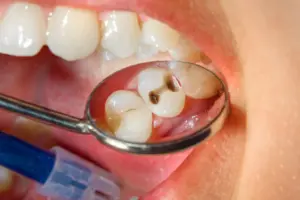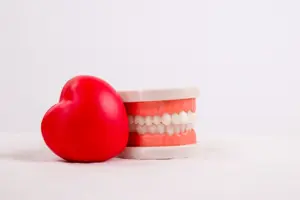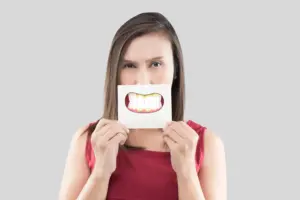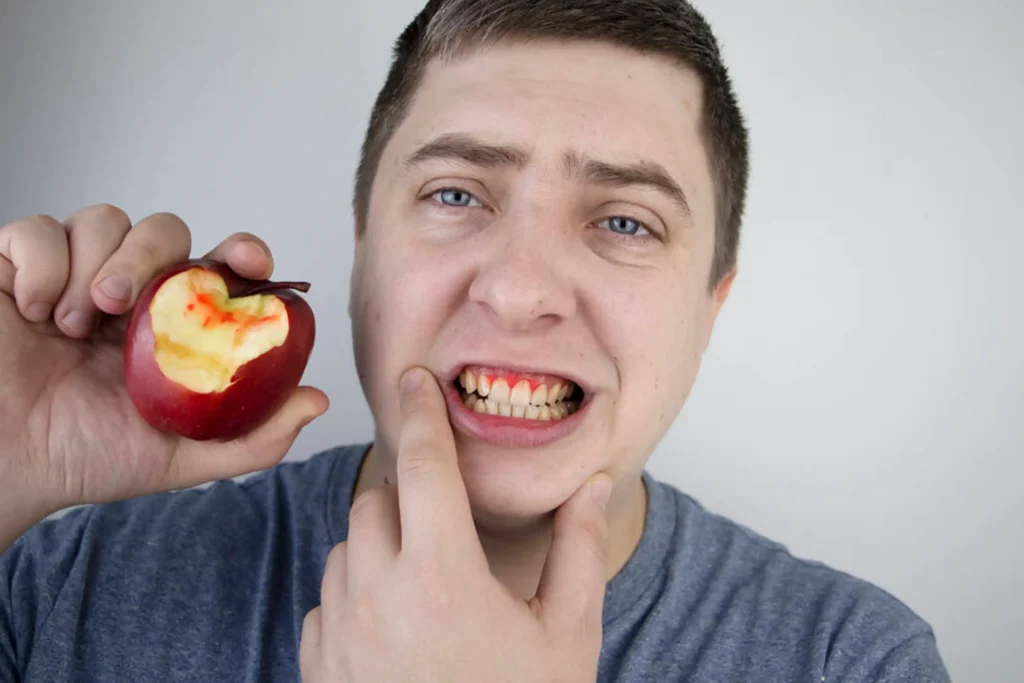
Bleeding gums: When you think about your health, the focus is usually on things like your heart rate, blood pressure, or cholesterol. But what if your gums are also trying to tell you something? Yes, those soft pink areas around your teeth can say a lot about your health and, of course, what’s going on inside your body. Many people ignore gum health until there is pain or bleeding, but paying attention to their gums can help them catch health issues early. This guide will teach you everything about gum problems.
What healthy gums look like
Before you dive into warning signs, it’s important for you to understand what healthy gums look like. Ideally, they’ll appear light pink or brownish if you have darker skin and have a firm, matte texture. They should sit snugly around your teeth, not puffy, swollen, or shiny. And they definitely shouldn’t bleed when you brush or floss. If your gums check all those boxes, great job! But if not, it may be time to take a closer look.
Also Read | Our medical expert, Dr Hiral Savani, shares tips on dealing with pyorrhoea
Bleeding gums
A little bleeding while brushing? Many people shrug it off, but it’s not normal. In most cases, bleeding gums are an early sign of gum disease caused by plaque buildup irritating the gum line. Left untreated, gum disease can progress to periodontitis, an infection that can lead to tooth loss and even affect your heart health. In rare cases, bleeding gums could also point to deeper health issues like a blood disorder.
If your gums bleed regularly, don’t ignore it. It’s your body’s way of saying something’s off. Listen and act early.
Red, swollen, or tender gums
Healthy gums should be firm and pink. If your gums look red and feel swollen or hurt when touched, it usually points to inflammation. It is caused by poor toothbrushing or flossing habits, smoking, and even hormonal changes. Inflamed gums are often the first step towards gum disease. The good news? If you catch it early, it is effortless to reverse with oral care and a trip to the dentist.
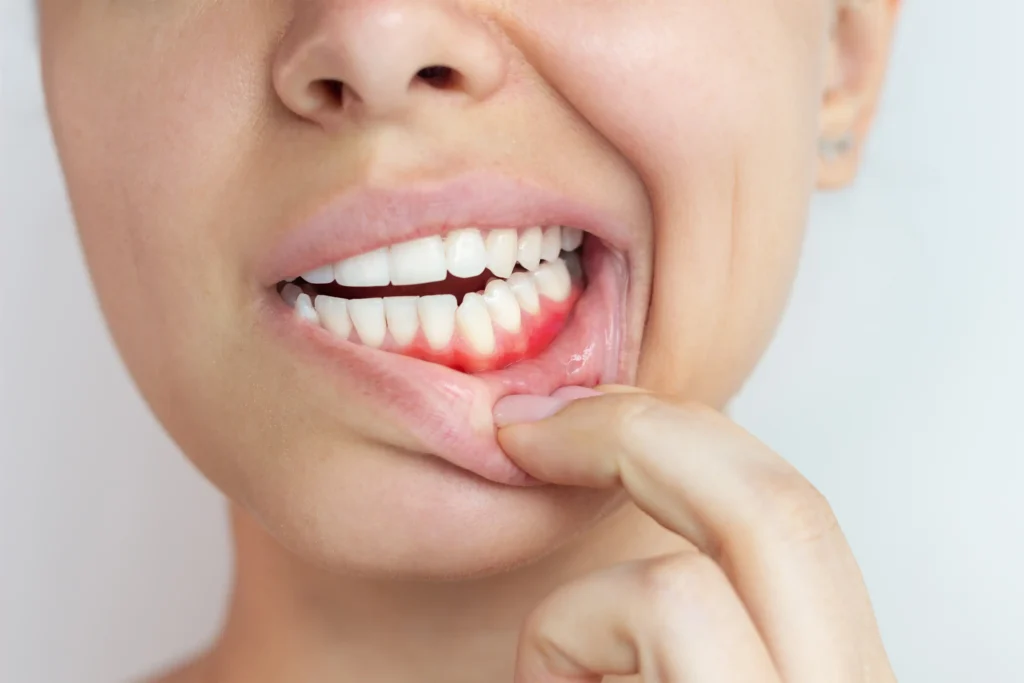
Receding gums
Have you ever noticed that your teeth look longer than they used to? This could be because your gums are receding. Receding gums pull away from the teeth, exposing more of the tooth surface and even sometimes the root. The condition can lead to sensitivity, especially when you are drinking hot or cold beverages. Gum recession cannot always be reversed, but you can slow it down and prevent further damage by consulting a dental expert.
Also Read | How to brush and floss correctly for healthy teeth and gums
White or pale gums
No doubt, red or swollen gums are common issues, but white or pale gums can also be signs of health problems like anaemia, poor circulation, or vitamin deficiencies. If your gums look unusually pale, it’s important for you to connect with a dentist.
Your gums are messengers of your body’s inner workings, not just tooth holders. If they are bleeding, swollen or just not feeling right, don’t ignore them. One of the easiest ways to protect your mouth and body is to care for your gums.




